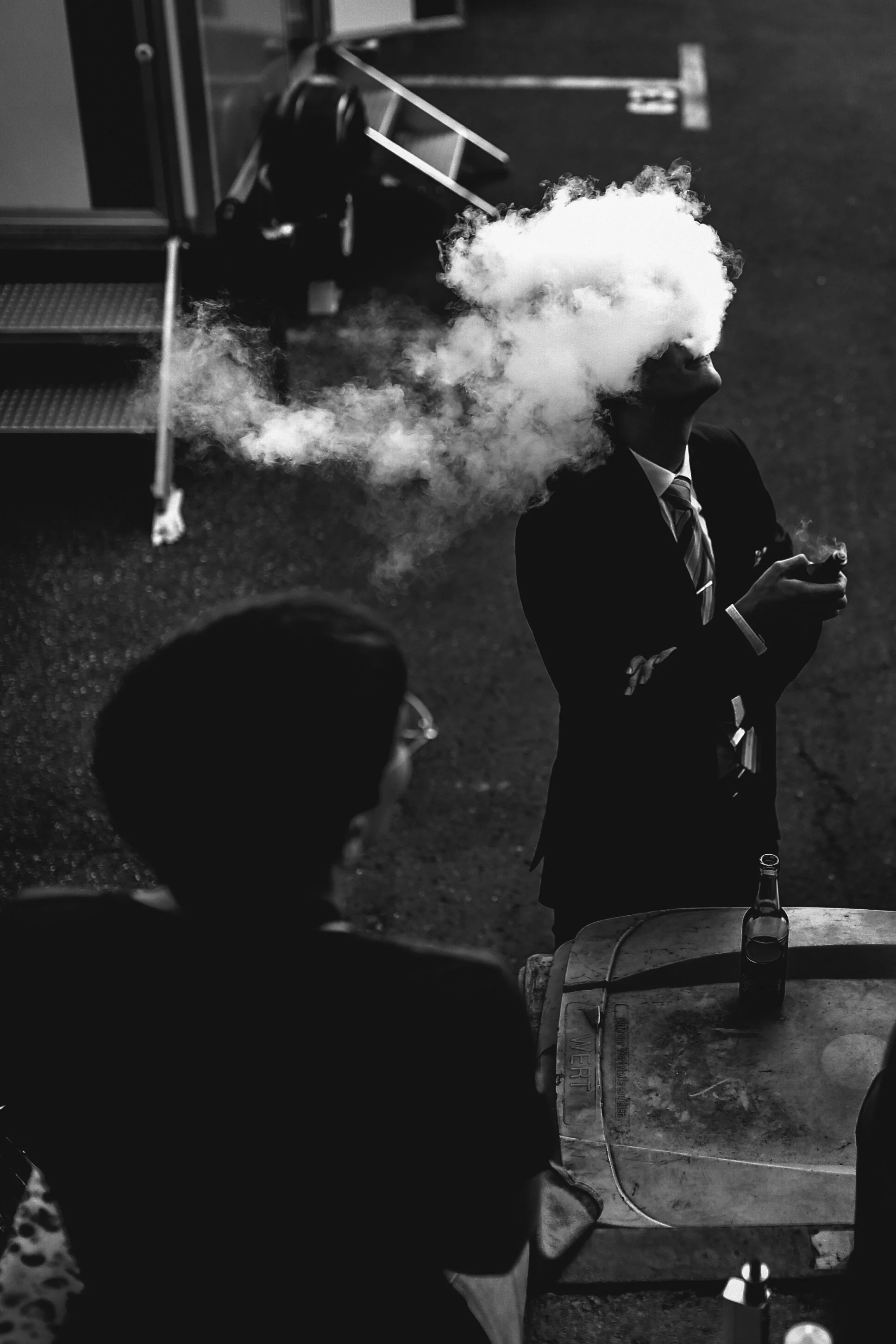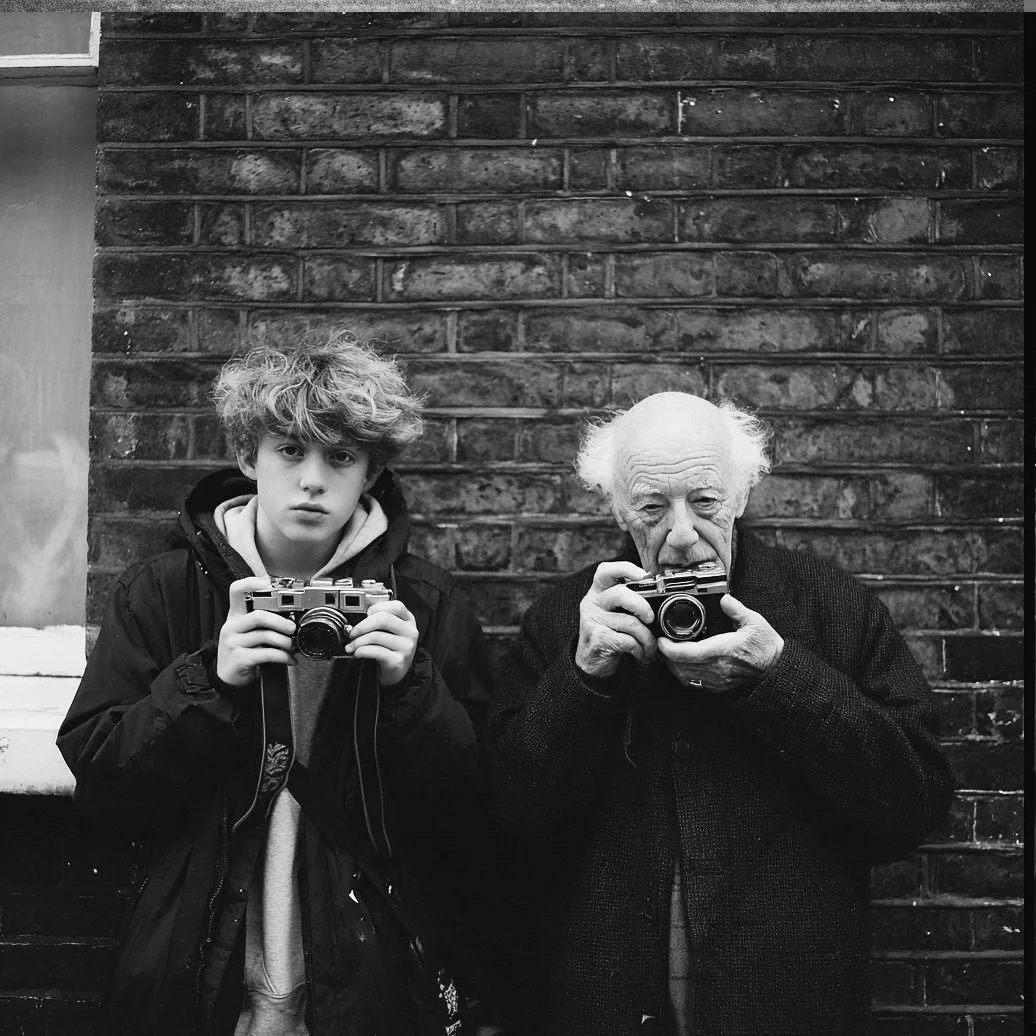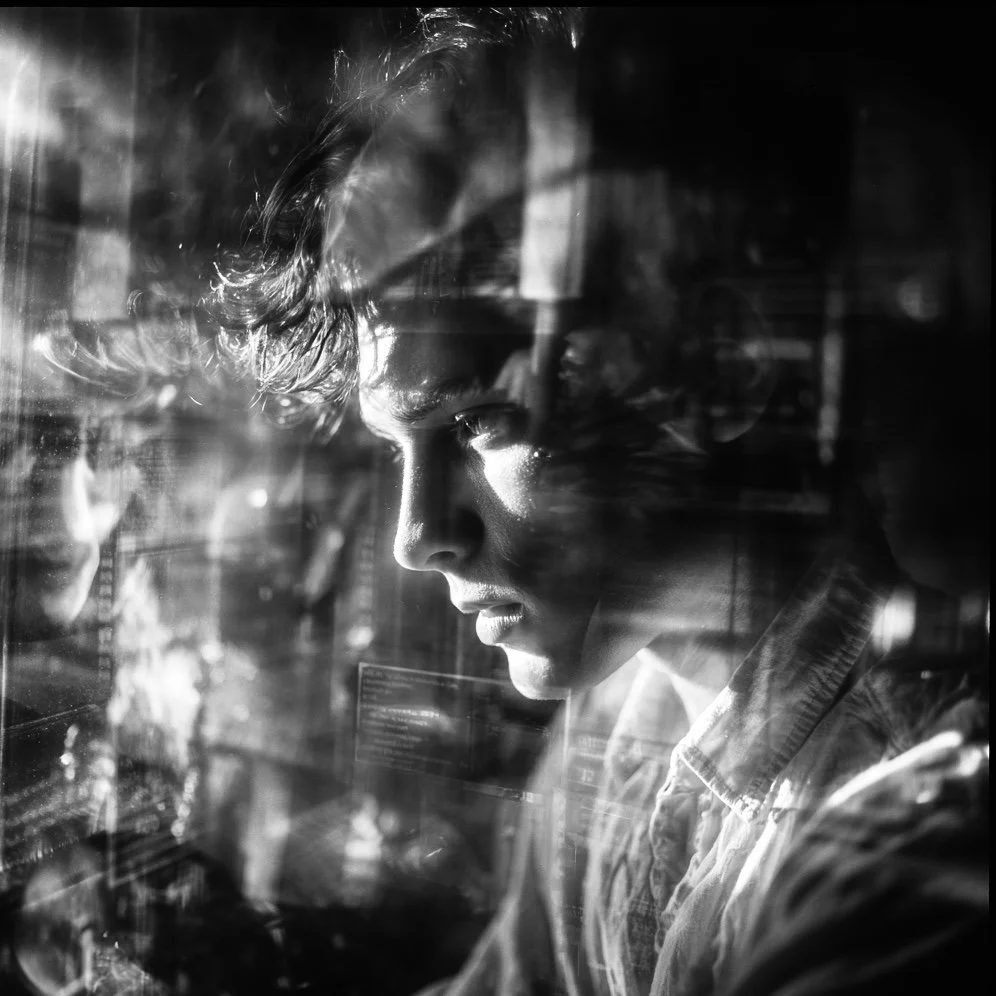UNESCO, Film and 36
“UNESCO, Film and the 36-Exposure Life Plan: Germany Rediscovers Its Grain (Again)”
So, it’s official: Germany just gave analogue photography the ultimate compliment—it added it to the national List of Intangible Cultural Heritage. Somewhere between turnip farming and yodeling, you’ll now find 35mm film and the faint chemical scent of stop bath. Cue a standing ovation from the nation’s enlargers.
Somewhere, a Leica M6 and a Hasselblad 500CM are clinking glasses in celebration, probably over a dram of developer. And across the republic—from Berlin to Bonn, Munich to Mainz—you can now spot more analogue shooters than vegan currywurst stands. The streets have become open-air museums of shutter clicks and light leaks.
You’ll see them: young people with Fujica compacts taped up like crime scenes, comparing light leaks like battle scars. But it’s no longer just the realm of the Gen Z cool crowd. Their parents are back in the game too. They’re rummaging through dusty boxes labeled “Ski Trip ’89,” only to emerge triumphantly with a battered Minolta, ready to remind everyone that they used to shoot “before autofocus was even a thing.”
A Revival with Grain
The analogue boom is no longer a flicker—it’s full exposure. Film sales are soaring, photo labs are overwhelmed, and darkroom gear is selling like hot Glühwein at a Weihnachtsmarkt. What started as a hipster niche now has the cultural legitimacy of an Alpine choir. And with UNESCO’s blessing, it’s not just trendy anymore—it’s sacred.
It’s only a matter of time before someone proposes a national Film Shooters Day, complete with parades of people waving TLRs like medieval relics. Possibly with brass bands. Definitely with tote bags.
When Patience Becomes Prestige
Let’s be clear: analogue photography is the slow food of visual culture. You don’t binge-shoot. You savor. You focus. You meter. You think. There are no do-overs, no screen previews, no safety net. Just the subtle terror of wondering whether the back was latched properly.
That’s the magic. Ten, twelve, maybe thirty-six frames—each one precious. Each one a risk. Each one, ideally, not your thumb.
To borrow the words of those in the know: “The process is as important as the result.” Which is basically saying: “The photo may be blurry, but I had an existential moment while taking it.”
Generational Grain Shifts
What started with digital natives escaping the pixel flood has become a genuine intergenerational hobby. It’s less a trend and more a family reunion—with cameras instead of awkward hugs.
Teenagers explain ISO to their parents, who counter with tales of push-processing and the day Kodachrome died. It’s beautiful. It’s confusing. It’s analogue.
And it’s united by something rare these days: patience.
The Wallet Cringe
Of course, there’s a catch: film costs money. Real money. Portra is now the financial equivalent of French cheese. And let’s not talk about the price of medium format. Selling organs is no longer a metaphor.
But with cultural heritage status comes hope. Maybe subsidies will kick in. Maybe we’ll see public darkrooms. Maybe… just maybe… Fujifilm will stop discontinuing things we love.
For now, most of us soldier on—carefully choosing between “fun” and “functional,” trying not to cry when a light leak ruins that one perfect frame from your only roll of Cinestill 800T.
Hybrid Creatures of the Now
Let’s be honest: analogue photographers are not Luddites. We’re not rubbing crystals and carving negs into stone. The modern film shooter is a hybrid beast—analogue in capture, digital in post. Shoot on film, scan to TIFF, edit slightly (promise), and post on Instagram with the caption: “All in camera. #staybrokeshootfilm.”
Ironically, it’s the digital age that lets analogue flourish. Without scanners, social media, or YouTube tutorials on how to reload a Canon AE-1, most of us would still be in the dark—literally and figuratively.
Closing Shutter Thoughts
Germany’s decision to protect analogue photography as cultural heritage is more than a sentimental gesture. It’s a timely reminder that slowness, craft, and imperfection still matter. That not every image needs to be instant, filtered, or perfect.
So the next time you see someone fiddling with a camera older than you are—staring at a light meter, advancing a lever, and squinting into the sun—don’t just pass them by. Give them the nod.
You’re not just witnessing a photographer.
You’re witnessing culture. On 400 ISO.
Shot on analog cameras. Developed in a bathroom. Scanned in fear. All scratches left in for emotional texture.





